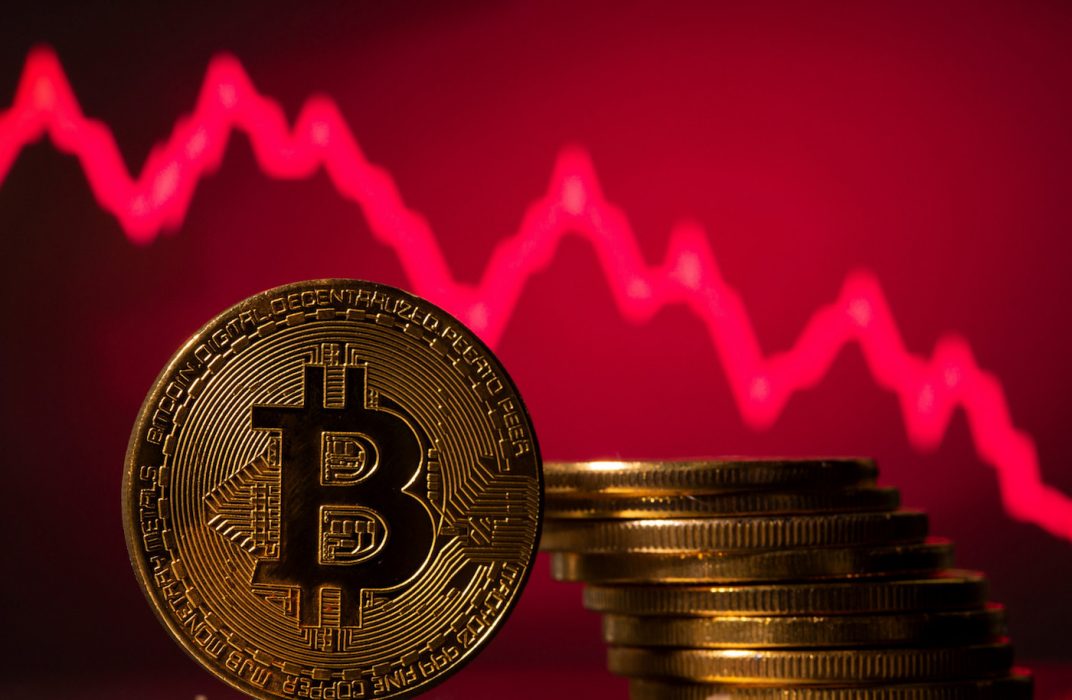Bitcoin briefly dipped below US$19,000 on July 13 following the announcement of a higher than expected Consumer Price Index figure in the US.
Economists were tipping a June year-on-year inflation number of 8.8 percent, but the announced rate came in at 9.1 percent – the highest figure in over 40 years – leading to an immediate and sudden dip in BTC’s price.
Recovery Follows 4.5% Dip
According to data from CoinMarketCap, in the hour following the CPI announcement BTC’s price dropped more than 4.5 percent, from US$19,989 to US$18,999. The price has since recovered and at the time of writing BTC was changing hands at US$20,234.
Prior to the current crypto bear market and skyrocketing inflation in the broader economy, BTC had been widely considered an inflation hedge. In January, despite rising inflation, BTC appeared to find support at around US$43,000, but as inflation has continued to surge and the crypto market has hit significant turbulence, its price has tumbled.
Since January, BTC’s price has dropped by almost 60 percent leaving many questioning whether Bitcoin truly is an effective hedge against inflation:
Where To From Here?
The record high inflation numbers will likely see central banks around the world, including in the US, continue to hike rates in an attempt to restore price stability at the expense of short-term economic growth.
Speaking at a recent European Central Bank forum, US Federal Reserve chair Jerome Powell affirmed the importance of getting on top of rising inflation:
Is there a risk we would go too far? Certainly there’s a risk … The bigger mistake to make – let’s put it that way – would be to fail to restore price stability.
Jerome Powell, chair, US Federal Reserve
Generally speaking, higher interest rates mean less money circulating in the economy resulting in downward pressure on consumer spending and inflation, which may also translate into less money in the pockets of crypto investors and further falls for crypto prices.
This picture is further complicated by the unique factors causing the current wave of inflation – the war in Ukraine and ongoing complications from the Covid pandemic – which aren’t easily addressed with interest rate rises, resulting in significant economic uncertainty in the medium term.

